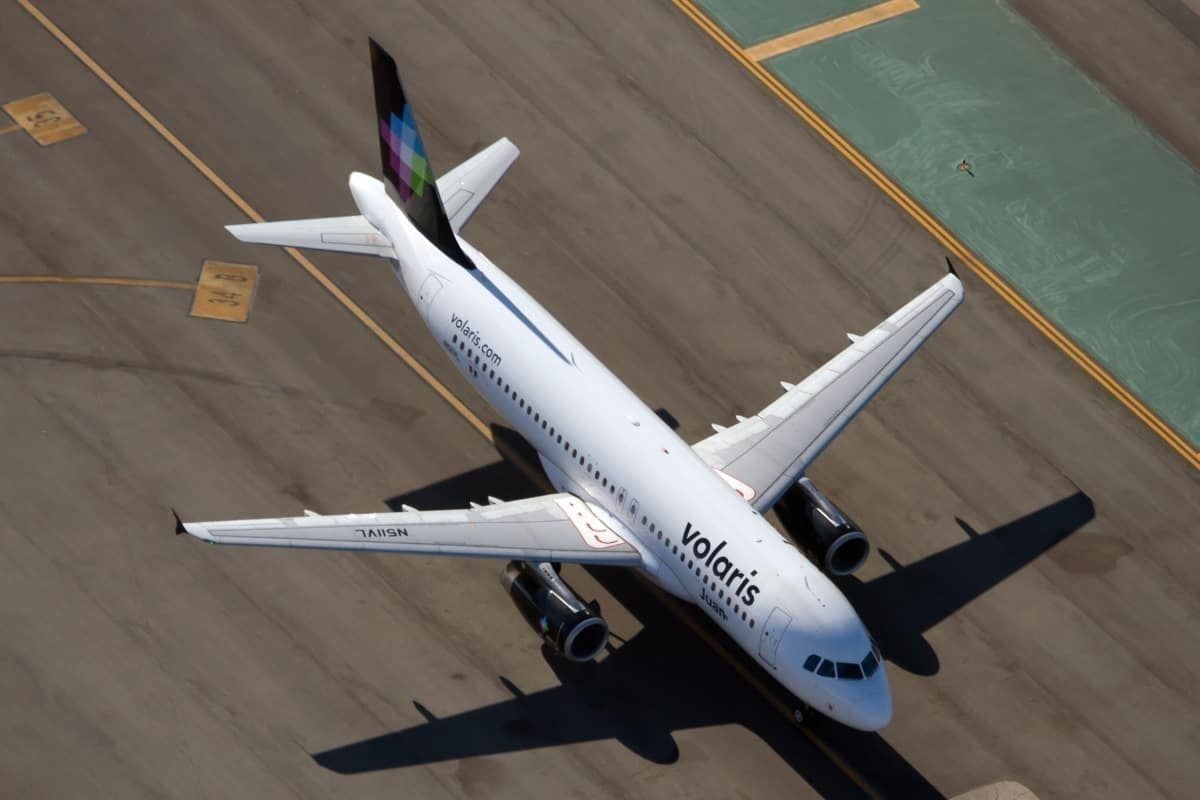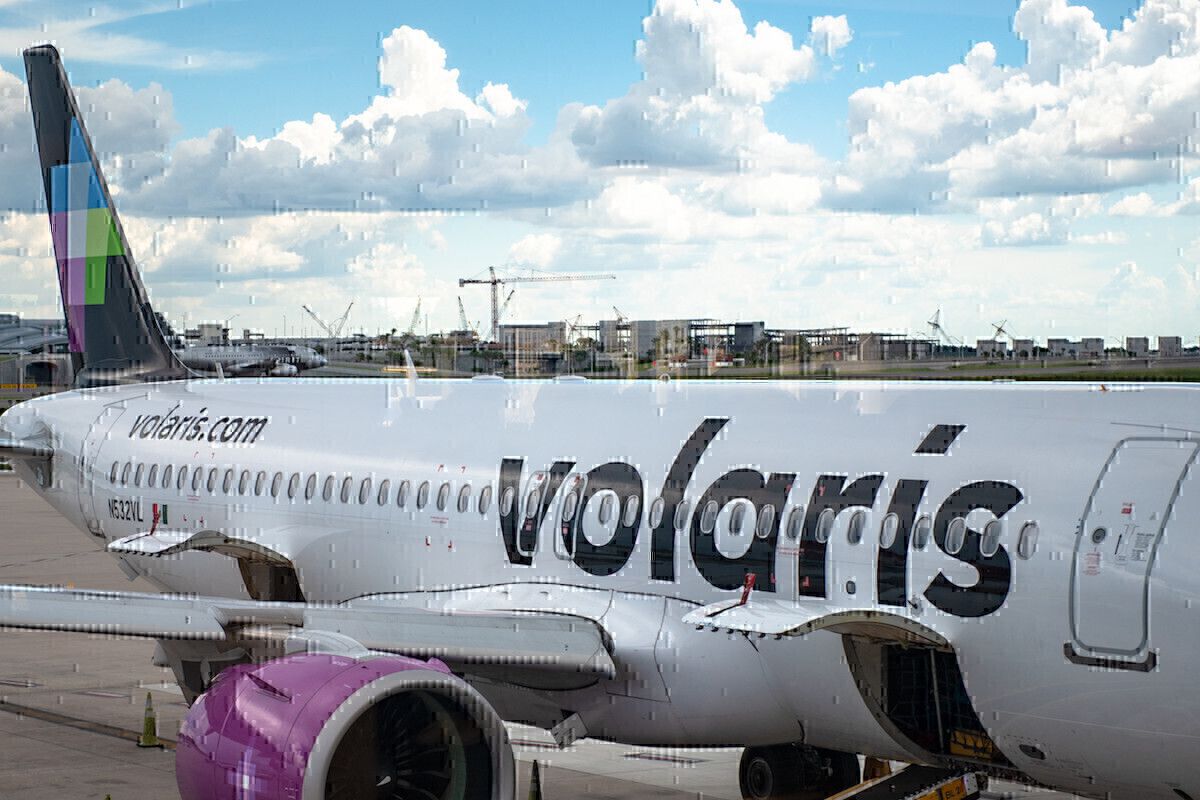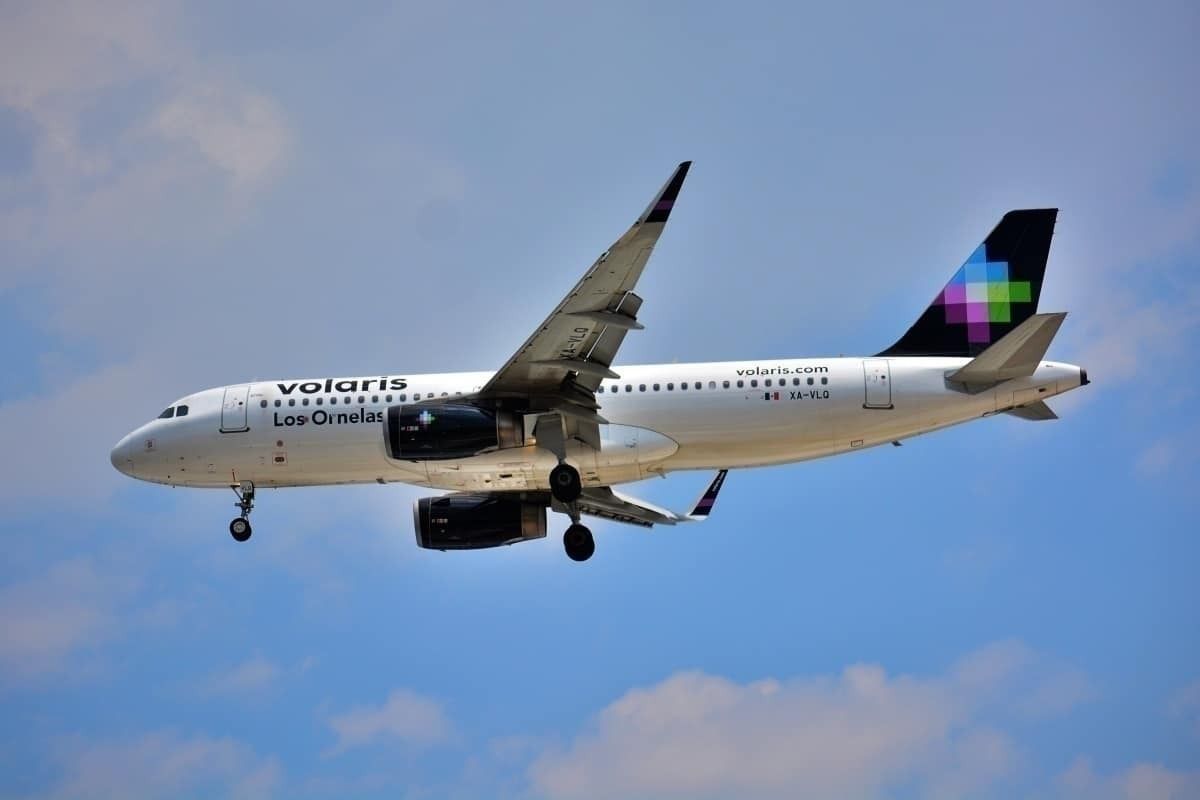Volaris is becoming the poster child of aviation recovery from the COVID-19 pandemic, according to John Thomas from the Centre for Aviation (CAPA). Indeed, the Mexican low-cost carrier finished September operating at 84% capacity of its 2019 levels and expects to end up the year at 95%. How is the airline doing that? Let’s investigate further.
Volaris knew how to react
There’s maybe just one Latin American airline with a recovery as good as Volaris, its competitor Viva Aerobus. Those two carriers are bouncing back from the crisis faster than anyone else. Many reasons can explain their recovery. For example, both airlines specialize on domestic Mexican routes, which is kind of a cheat code at the moment. But also, Mexican airlines knew what to do.
In 2009, Mexico suffered an epidemic of its own, H1N1 influenza. This disease crippled Mexican airline economies in 2009. The Mexican carriers saw a 36% domestic traffic and a 41% international traffic drop in May 2009.
While H1N1 influenza had a minimal impact (compared with COVID standards), Mexican airlines learned the lesson. Enrique Beltranena, Volaris’ CEO, said,
“When I saw what was happening in Europe, I decided to take control of the cash. Our priority was to preserve it. The company has remained with very good levels of cash, approximately USD$352 million”.
Shortly after, Volaris launched its biosecurity and cleaning measures. Since the introduction of measures, Volaris has transported 1.5 million passengers; zero have been infected with COVID-19, said Beltranena. But, who’s flying with Volaris?
The VFR segment: the golden egg of Volaris
Volaris focuses its efforts on the VFR segment. VFR stands for ‘Visitors, Friends and Relatives.’ The low-cost model of the airline works perfectly to attract Mexican families traveling to leisure destinations. But it also suits Mexican migrants in the US that want to visit their relatives, for example.
Stay informed: Sign up for our daily aviation news digest.
Traditionally, Mexican people have traveled by bus across the country. In 2006, there were 0.21 yearly trips per capita in Mexico. By 2019, the number had doubled to more than 0.40 trips per capita. Volaris attributes 50% of that growth.
The airline has launched an aggressive marketing campaign to lure people away from the buses and into its Airbus fleet. And it is working. Up to 34% of their yearly passengers are people hopping on a plane for the first time in their lives.
Amidst the COVID-19 pandemic, Beltranena is luring these new passengers with three promises: planes are cleaner than buses, the prices are better, and the hours traveling are lower.
Riding on other airlines crisis’
But the question remains, how has Volaris managed to recover so fast? In September, the airline had more than 1.2 million passengers. It was the second month in a row that it surpassed the million passenger barrier for the first time since March.
Volaris has been able to ramp-up its demand thanks to the fallout of its competitors, Interjet and Aeromexico. Interjet has lost more than 90% of its fleet, and Aeromexico is in Chapter 11. As we’ve previously discussed it, Volaris is taking full advantage of other carriers crisis. Volaris is also seizing on the lower frequencies that some US carriers are launching to Mexico.
Additionally, Volaris renegotiated with its creditors, lowering its unit costs. This allowed the airline to attract even more new passengers with the promise of low fares.
What can Volaris improve?
Despite the recovery, Volaris is still far away from being safe. As Beltranena said, the air industry is cyclical. Also, Volaris’ load factor is not that good. The carrier has its planes at 74.4% capacity, an 8.5% drop from last year’s September. That’s an area of improvement.
Nevertheless, Volaris management knows how to react to the crisis. That’s why it summoned a shareholders meeting to seek US$165 million in liquidity. While the airline is not using this cash at the moment, Volaris has it if it needs it in the future. Better to have it and not use it than not have it and need it.
What do you think of Volaris’ recovery? Let us know in the comments.



